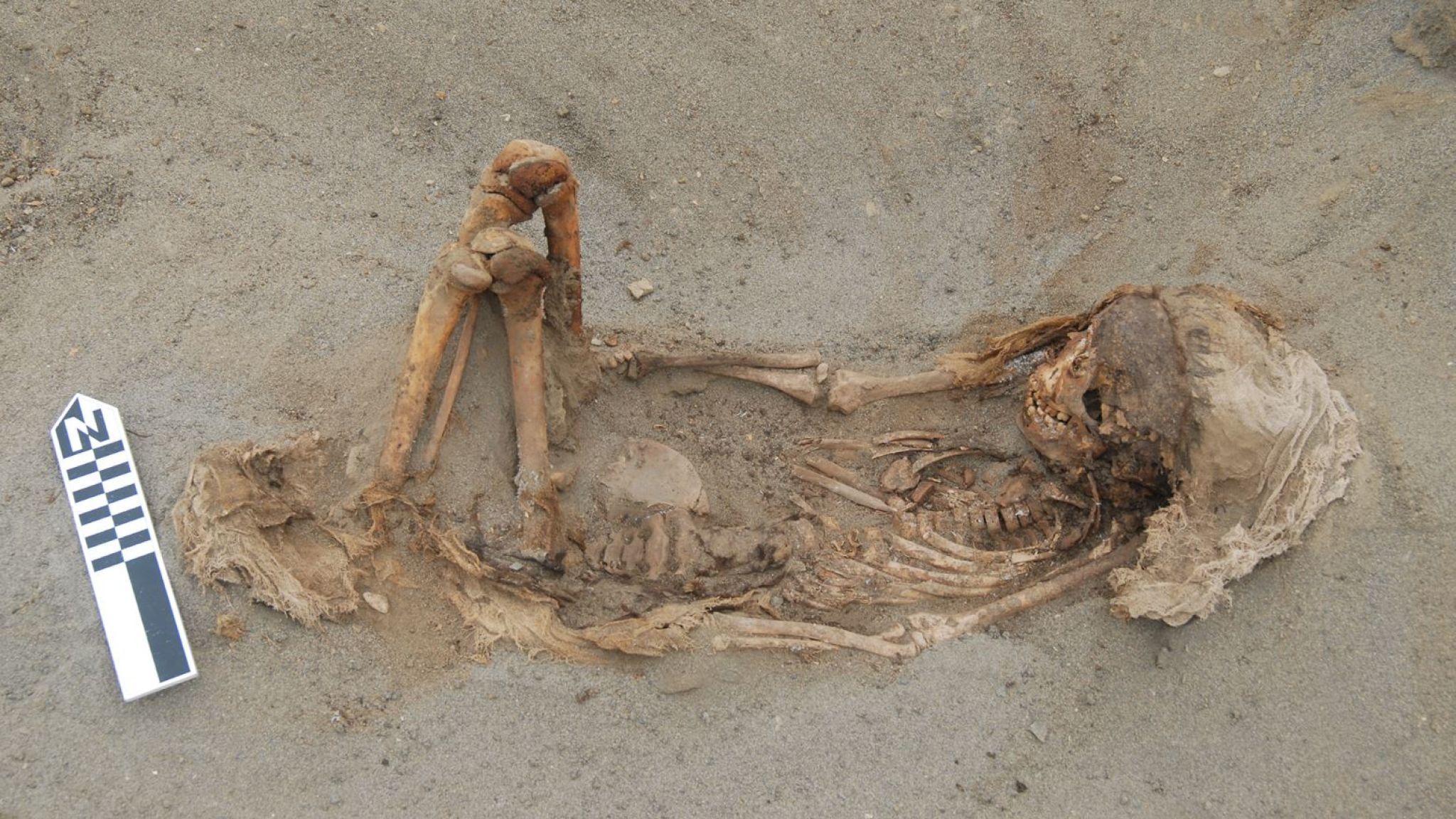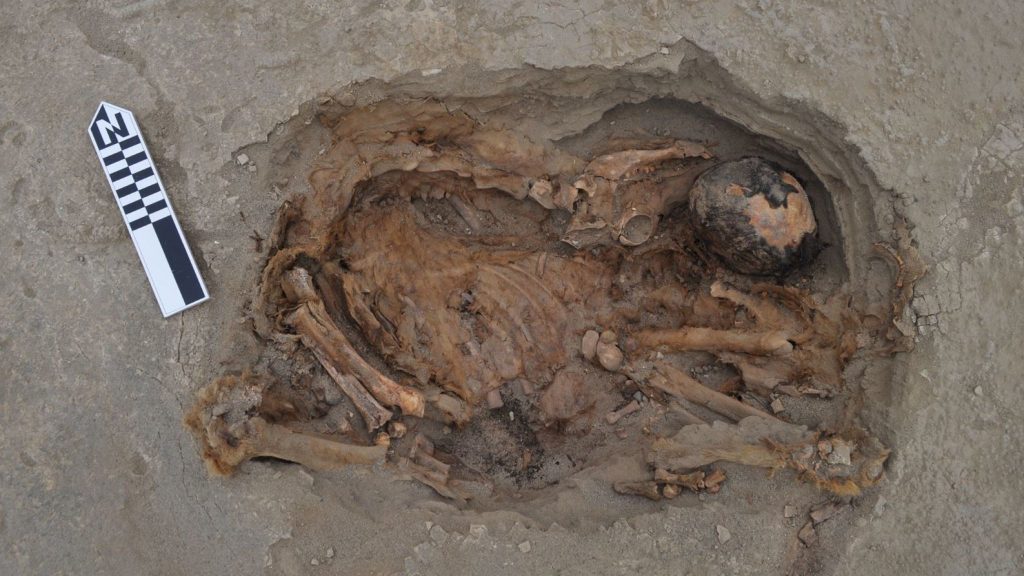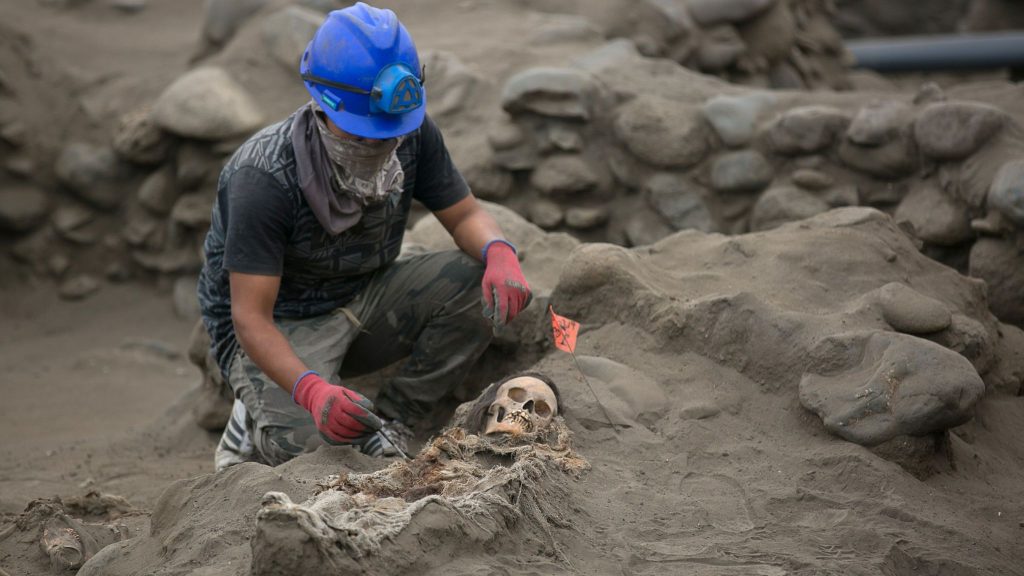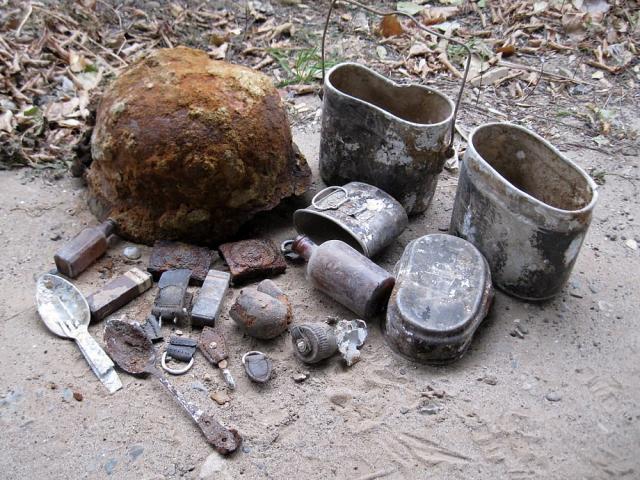
Discovery of Tomb Holding 140 Child Skeletons with Heart Extraction Reveals Chilling Sacrificial Rituals
In a groundbreaking discovery, archaeologists have unearthed the remains of 140 children, alongside three adults and 200 animal skeletons in a sacrificial area in Peru dating back to the 15th century. The findings provide unprecedented insight into ancient ritualistic practices and shed light on a significant historical period.

The recently revealed photographs showcase the largest mass grave of children to date, encompassing over 140 child skeletons, three adults, and 200 animal remains, all dating back to the 15th century. This discovery, with its unprecedented scale, raises questions about the cultural and societal significance of such sacrifices during that time.

Archaeologists estimate that the sacrificial victims were children aged between 5 and 14 years old. Evidence points to deliberate chest wounds on the skeletons, with many showing signs of heart extraction, indicating a carefully orchestrated sacrificial ritual.
The excavation site covers an estimated area of 700 square meters, and archaeologists believe there could be more victims yet to be unearthed. Ongoing excavations aim to complete the exploration of the entire sacrificial site, revealing additional details about the scope and nature of these ancient rituals.

Preliminary research indicates that the children were tightly wrapped in cotton. Some were adorned with red pigments on their faces, and remnants of fabric were found on their heads. The victims were buried facing the sea, while the animal remains faced the mountains. The sacrificial ceremonies took place after heavy rainfall or floods, enveloping the area in mud, soil, and stones.

The mass grave in Peru adds another layer to our understanding of ancient civilizations and their intricate belief systems. The careful preparation and burial practices observed in this sacrificial site emphasize the cultural and ceremonial importance attached to such rituals during the 15th century. Ongoing research promises further revelations, deepening our comprehension of the historical context surrounding these fascinating archaeological finds.




